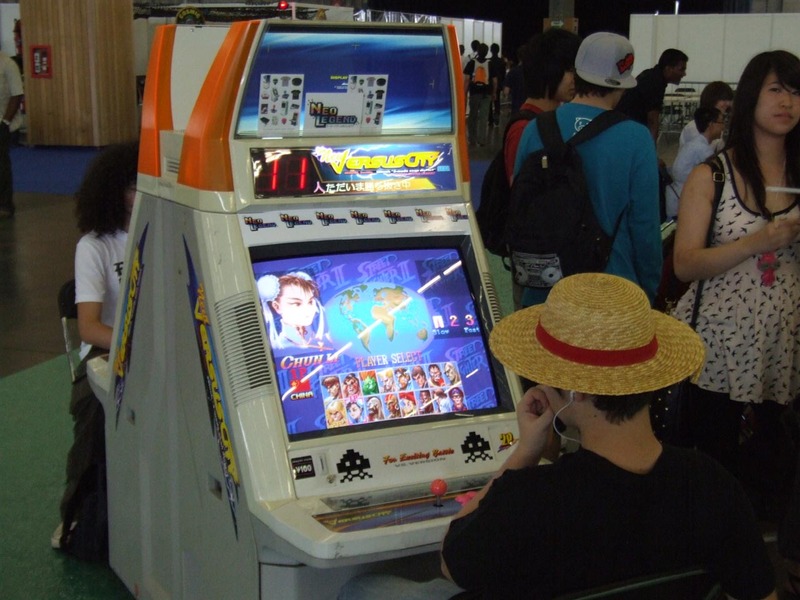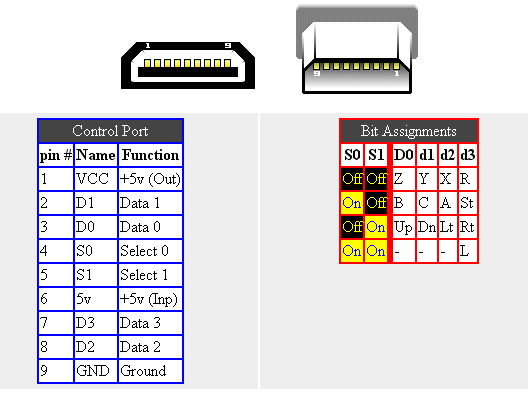UPDATE: If you're new to this thread and don't want to read through the whole thing I have a complete overview with just the important bits here: http://solid-orange.com/1431
-------------------------------
I finally got Virtual On Oratorio Tangram up and running on my USA OMG Twin unit. Looking through the service options i noticed that it supports the "billboard" win counter on Versus City and Blast City cabinets... I'd be interested in maybe building my own bilboard/win counter into my Twin unit setup but I'm finding it extremely difficult to find information about this..
If you're unfamiliar this is what they look like, there's a "Winner" lamp as well as a 2-digit counter to show how may wins the player has.
Versus City Version:

New Versus City version:

Blast City Version:


Megalo 410 version:

Here is what I know so far...
in the schematic for the versus city: http://wiki.arcadeotaku.com/images/5/56/Sega_Versus_City_Manual.pdf
it shows the billboard using pn 837-11854 as a control board. it looks like it has pretty typical 7-segment outputs runs on 5V and there are 9 input pins
1 is just a digital output pin for the winner lamp (controlled just like the start lamp on most games).
The other 8-pins on a Model 3 board (according to the VF3 manual) connect to the configurable digital I/O pins (1-4) on connectors CN1 and CN11. I believe these work like a parallel port and can be used input or output. Supposedly these win counters are supported in some ST-V and NAOMI games, I'm unsure how they connect to those systems.
When activated in VOOT it tries "communicating" with the billboard. I'm not entirely sure what it needs to receive back from it.
If anyone has a picture of a 837-11854 board or knows of an alternate board number used on the New Versus or the Blast please let me know. ideally I'd like to source one of these board and hook it up to my own display, or figure out the protocol and use an Arduino to build something that can communicate in place of a board.
-------------------------------
I finally got Virtual On Oratorio Tangram up and running on my USA OMG Twin unit. Looking through the service options i noticed that it supports the "billboard" win counter on Versus City and Blast City cabinets... I'd be interested in maybe building my own bilboard/win counter into my Twin unit setup but I'm finding it extremely difficult to find information about this..
If you're unfamiliar this is what they look like, there's a "Winner" lamp as well as a 2-digit counter to show how may wins the player has.
Versus City Version:
New Versus City version:
Blast City Version:
Megalo 410 version:

Here is what I know so far...
in the schematic for the versus city: http://wiki.arcadeotaku.com/images/5/56/Sega_Versus_City_Manual.pdf
it shows the billboard using pn 837-11854 as a control board. it looks like it has pretty typical 7-segment outputs runs on 5V and there are 9 input pins
1 is just a digital output pin for the winner lamp (controlled just like the start lamp on most games).
The other 8-pins on a Model 3 board (according to the VF3 manual) connect to the configurable digital I/O pins (1-4) on connectors CN1 and CN11. I believe these work like a parallel port and can be used input or output. Supposedly these win counters are supported in some ST-V and NAOMI games, I'm unsure how they connect to those systems.
When activated in VOOT it tries "communicating" with the billboard. I'm not entirely sure what it needs to receive back from it.
If anyone has a picture of a 837-11854 board or knows of an alternate board number used on the New Versus or the Blast please let me know. ideally I'd like to source one of these board and hook it up to my own display, or figure out the protocol and use an Arduino to build something that can communicate in place of a board.
Last edited:






 )
)